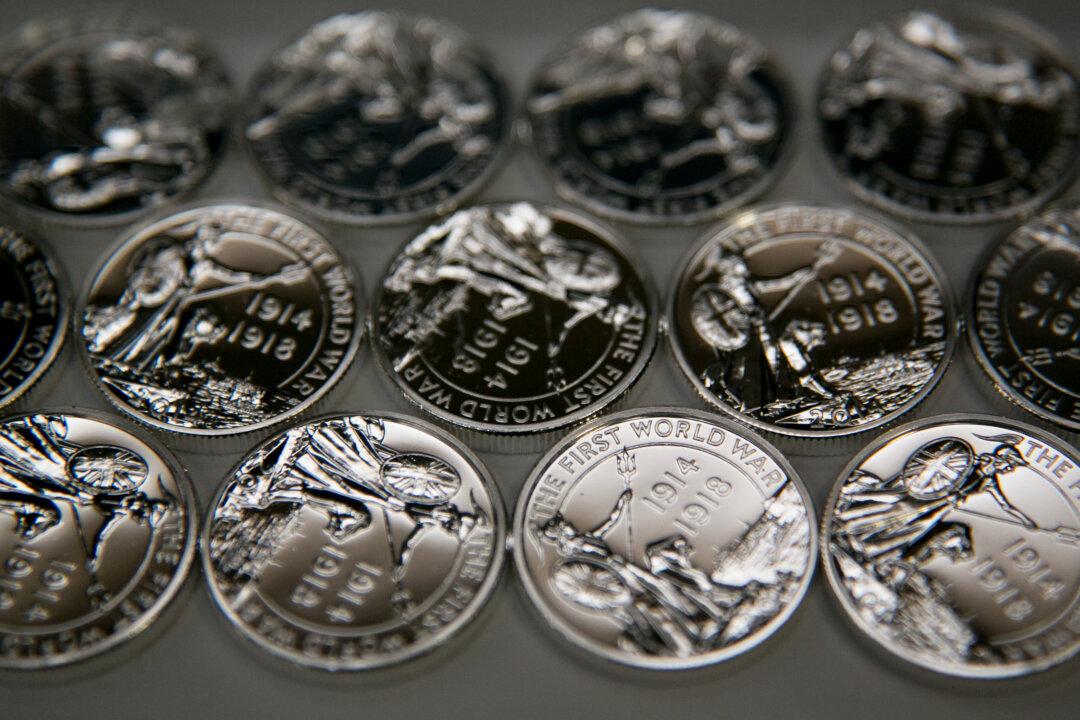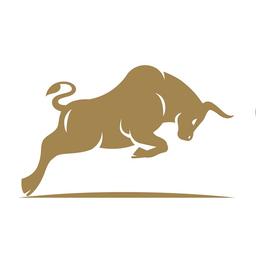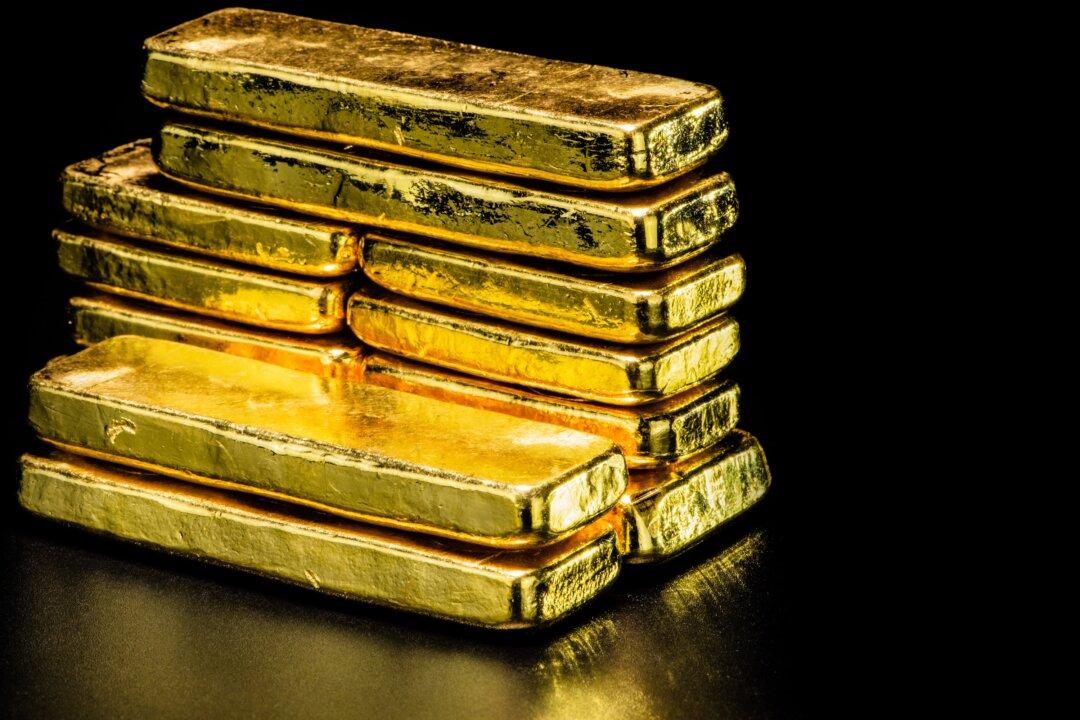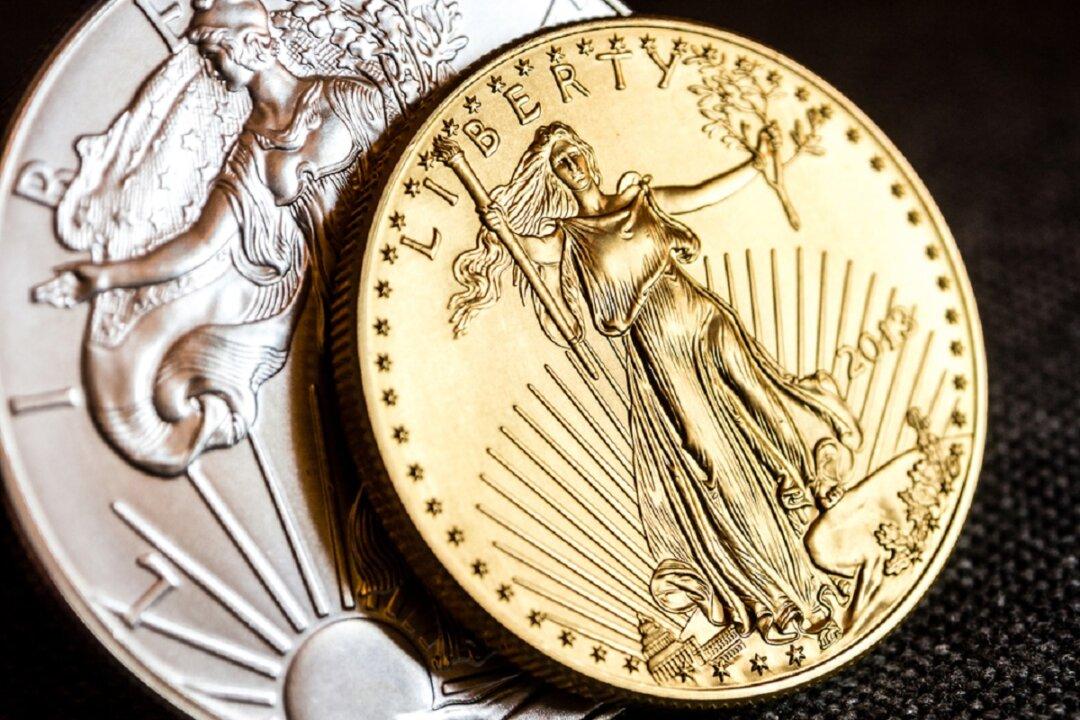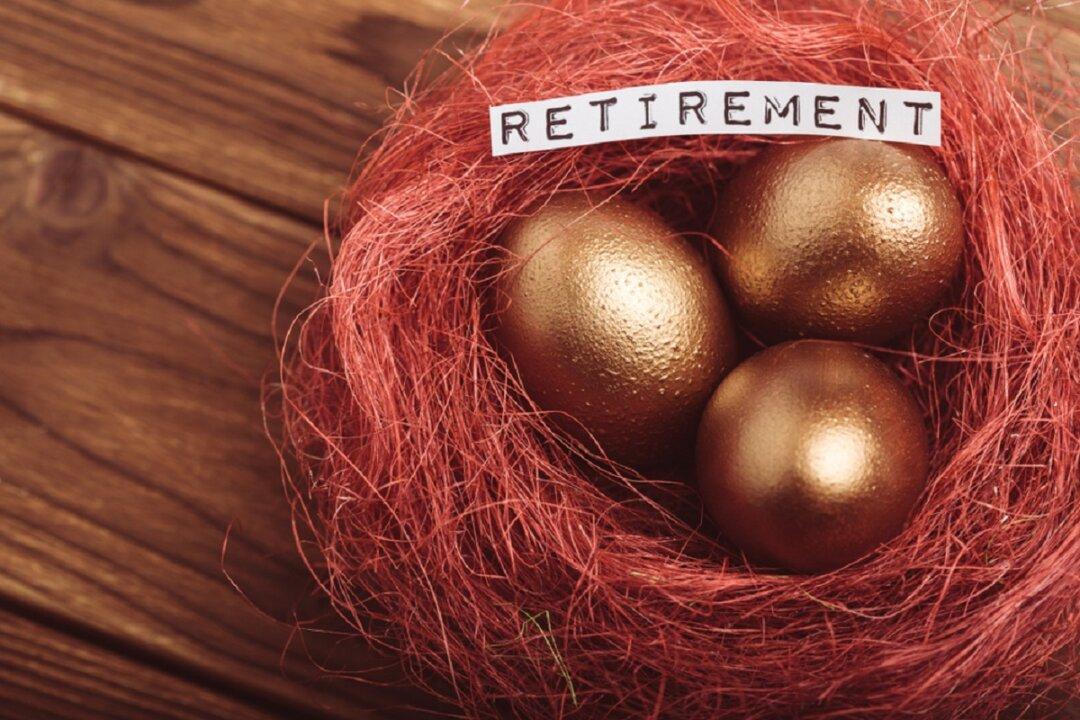Anyone interested in investing has probably considered trading precious metals at some point. Gold is the traditional choice for precious metal trading, but buyers and sellers have had a lot of success trading silver. Like gold, the price of silver has an excellent track record throughout history, and silver can serve the same function as gold as a store of value.
So, the big question for many is: What will silver be worth in, say, 10 years?
